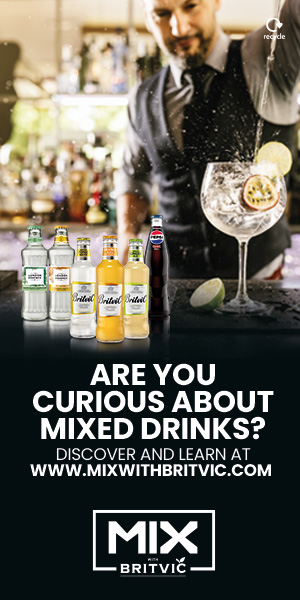Inflationary increase and an overhauled system are likely to increase wholesale prices from 1st August

LICENSEES have been reminded that wholesaler prices on a range of products will be changing from 1st August, when the UK Government introduces a new system for alcohol duty.
The system, designed to simplify the duty structure, will have a significant impact on the taxation charged on alcoholic products – and their subsequent prices to pub, bar and restaurant operators.
An increase in duty of 10.1%, in line with inflation, is significant enough. However, the new system will also see the various tax bands streamlined into a smaller number of categories, dictated by type of drink and alcohol by volume (ABV). Base duty rates are also due to increase in line with inflation.
It means that duty on a bottle of 40% ABV whisky will increase by 80p a bottle, with duty on a bottle of 37.5% ABV vodka increasing by 77p. In both cases that adds nearly £5 to the cost of a six-bottle case, before any other price increases have been added (for example, to factor in the rising costs of energy or ingredients).
An inflationary increase in beer duty should largely be cancelled by the government’s draught relief system, which offers a lower rate of tax for products sold on draught, but the price of packaged beer is likely to increase from August.
For wine, a 12% ABV bottle will see 44p added to the duty (adding more than £5 to the price of a 12-bottle case).
To add a layer of complication, there will be a temporary arrangement for wine duty, whereby any wine with an ABV between 11.5% and 14.5% ABV will be treated as though as it has an ABV of 12.5% ABV for the purposes of duty. That arrangement will extend until 31st March 2025.
Speaking to SLTN Gillian Murray, on-trade director for Scotland at Tennent’s parent company C&C Group, said the company has been working hard to keep its customers informed of the upcoming changes.
And she reckoned wine, in particular, is likely to cause difficulties for the trade.
“Wine is the one with the most complex changes, because you’ve gone from having a finite value – if your wine’s between 5.5% and 15.5% it’s £2.27 on still, £2.87 on sparkling – to going to ABV-dependent.

“On most still wines that are 12% ABV – which is the bulk of what people sell – it’s 44p a bottle (that’s being added).
“If it’s a prosecco that’s 10.5% ABV it’s coming down 61p. So you’re starting to look for those sweet spots. You’re seeing customers asking for 11% ABV house wines and you’re looking at the timeline, because some of the harvests haven’t been picked, some of the boats haven’t set sail. So you’re very much reliant on the stock you’ve got or the stock you’ve got in the water. A lot of that stock’s already committed, which is why you’ve got that amnesty on the 11.5% to 14.5% wine.
“So we’re very much helping customers to understand the changes, what that means for their wine list, and if they want to make changes, what that timeline could look like. Because there just isn’t enough wine in GB for everyone to move to 11% ABV wines on 1st August.”
Moving forward, Murray reckoned some drinks companies could even reformulate products in order to hit lower duty brackets.
On beer, for example, a 3.4% ABV product will now fall into a lower tax bracket than a 3.5% ABV product. And while there is a single bracket for spirits over 22% ABV, there is a lower duty rate for spirits-based products between 8.5% and 22% ABV, which could be relevant for drinks such as spirit liqueurs.
But for those products caught in higher tax brackets, operators will be faced with higher prices – which they will likely have to pass on.
“I don’t know many publicans that can afford to absorb it just now,” said Murray.
“They’ve already got inflationary pressures.
“So it’s making sure operators are aware of it and can manage accordingly, and also making sure, as a wholesaler, we’ve got special offers on that might help mitigate some of the duty increases.”




















